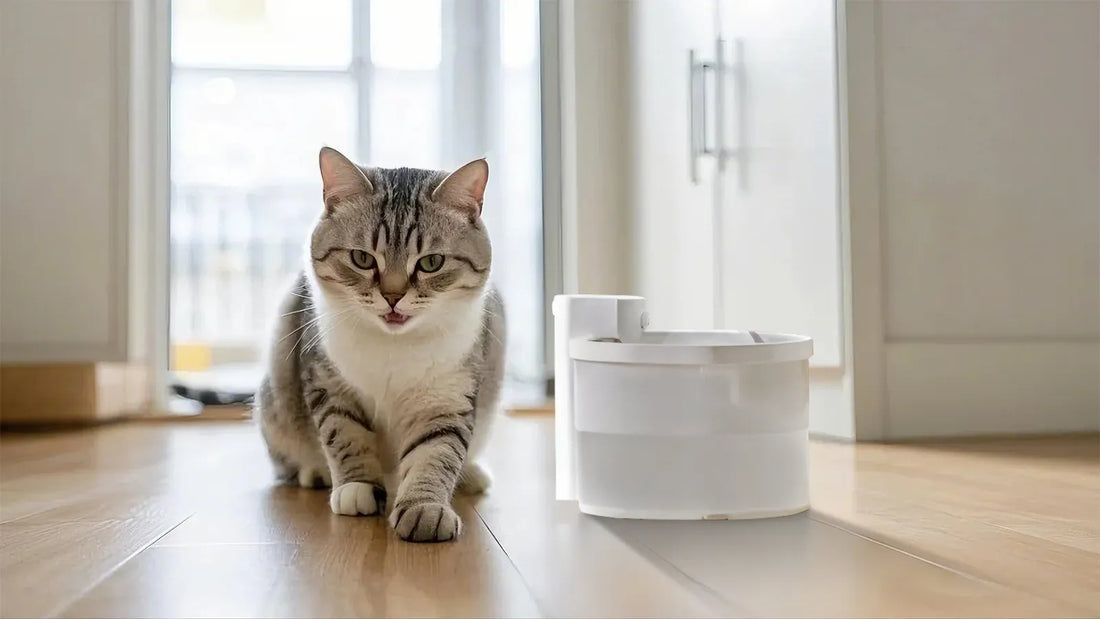Have you ever wondered how long after a dog eats can they play? This question is more important than you might think. Ensuring your furry friend has the right balance between eating and physical activity can significantly impact their overall health and well-being. In this comprehensive guide, we'll delve into the science behind this timing, explore the potential risks, and provide practical tips to keep your dog happy and healthy.
The Science Behind Digestion and Play
Dogs, like humans, need time to digest their food properly. When a dog eats, their body directs blood flow to the stomach and intestines to aid in digestion. If your dog engages in vigorous play immediately after eating, this blood flow is redirected to the muscles, potentially leading to digestive issues. Understanding this process is key to preventing health problems.
Potential Risks of Playing Too Soon After Eating
Playing too soon after a meal can lead to several health risks for your dog. One of the most serious conditions is gastric dilatation-volvulus (GDV), commonly known as bloat. This life-threatening condition occurs when the stomach fills with gas and twists on itself. Other risks include vomiting, discomfort, and reduced nutrient absorption. Knowing these risks can help you make informed decisions about your dog's activities.
How Long Should You Wait?
So, how long after a dog eats can they play? Generally, it's recommended to wait at least 1-2 hours after a meal before engaging in vigorous activity. However, this can vary depending on the size, breed, and age of your dog. Smaller breeds may need less time, while larger breeds might require more. Always observe your dog's behavior and consult your veterinarian for personalized advice.
Signs Your Dog is Ready to Play
It's essential to recognize when your dog is ready to play after eating. Look for signs such as increased energy levels, a wagging tail, and a playful demeanor. If your dog seems lethargic or uninterested in activity, it's best to wait a bit longer. Paying attention to these cues can help you avoid any potential health issues.
Tips for Balancing Eating and Play
Balancing eating and playtime doesn't have to be complicated. Here are some practical tips to help you manage this balance effectively:
- Feed your dog smaller, more frequent meals throughout the day.
- Schedule playtime before meals rather than immediately after.
- Engage in light activities like walking or gentle play shortly after eating.
- Monitor your dog's behavior and adjust their schedule as needed.
Consulting Your Veterinarian
Every dog is unique, and what works for one may not work for another. Consulting your veterinarian can provide you with tailored advice based on your dog's specific needs. They can help you create a feeding and activity schedule that promotes optimal health and prevents any potential risks.
Ensuring your dog has the right balance between eating and play is crucial for their health and happiness. By understanding the science behind digestion, recognizing the risks, and following practical tips, you can create a routine that keeps your furry friend thriving. Always observe your dog's behavior and consult your veterinarian for personalized advice. Your dog's well-being is worth the effort!













